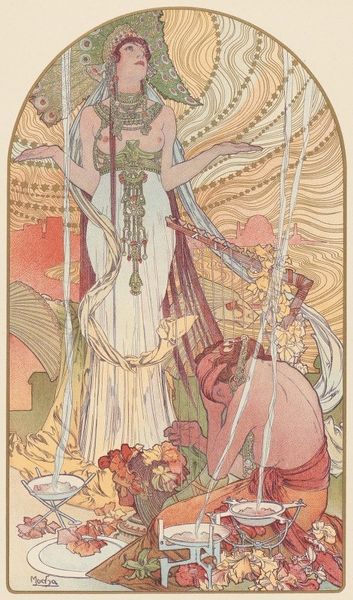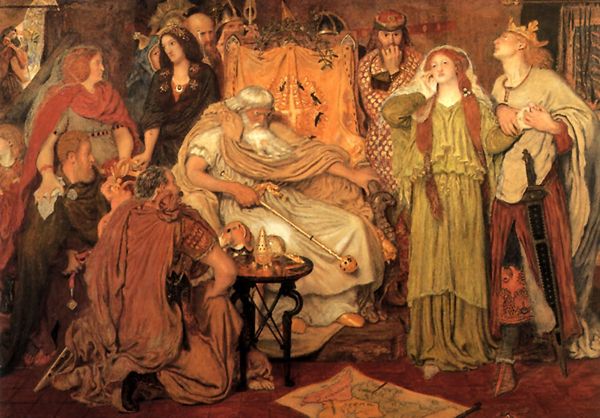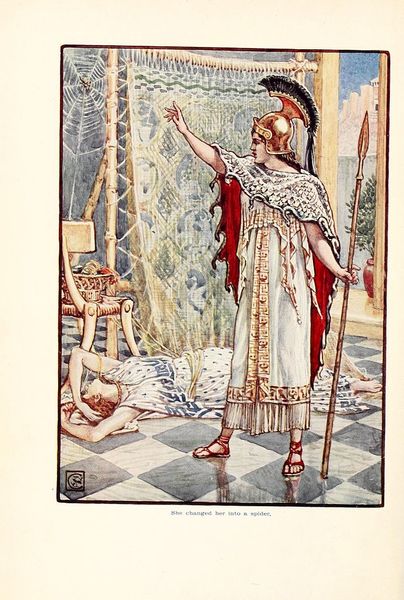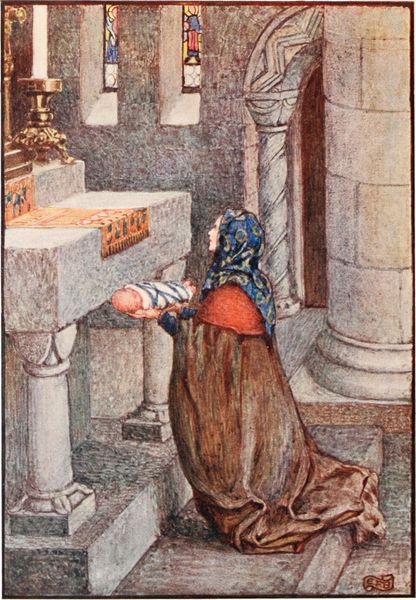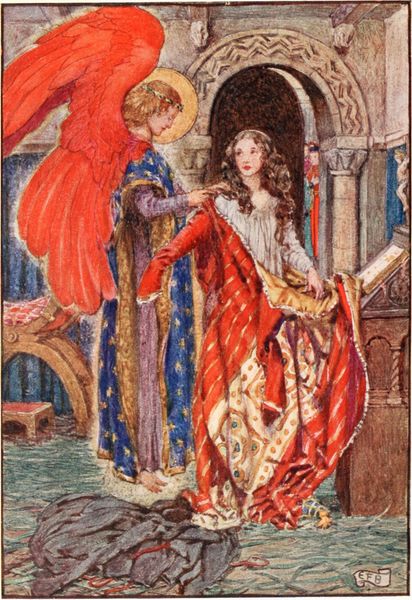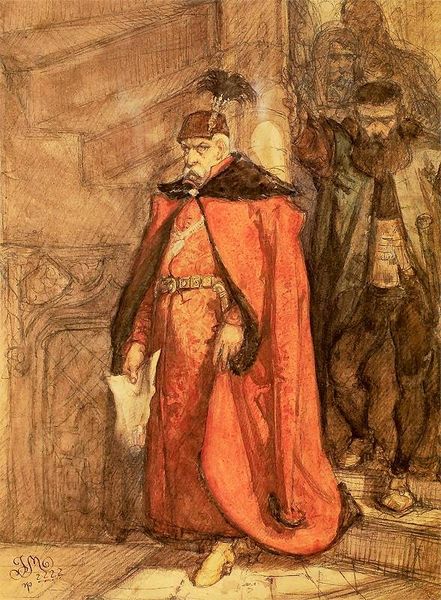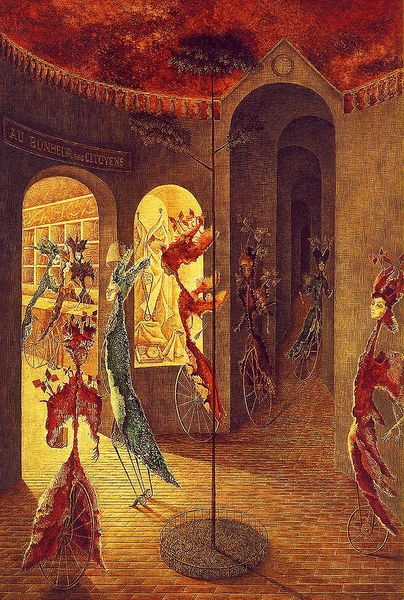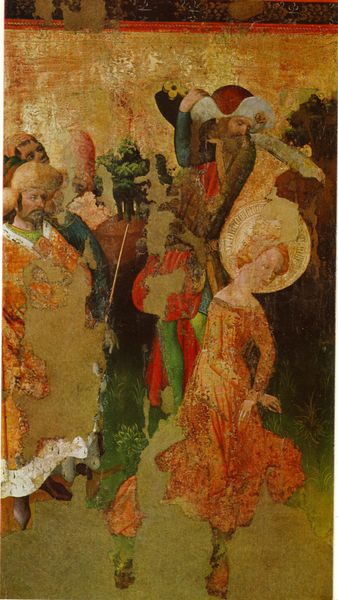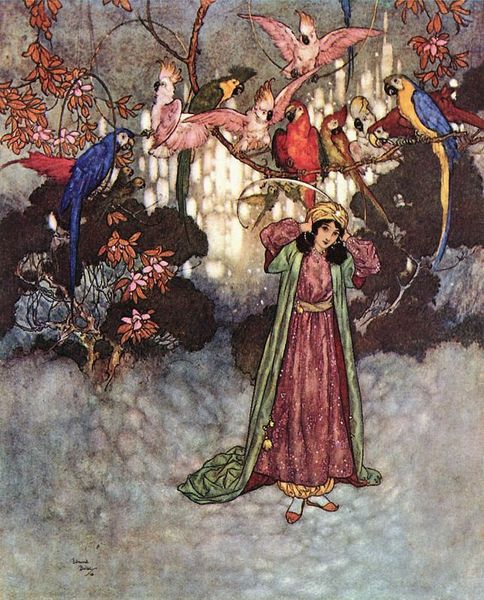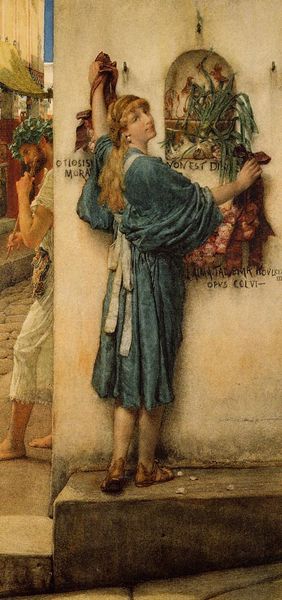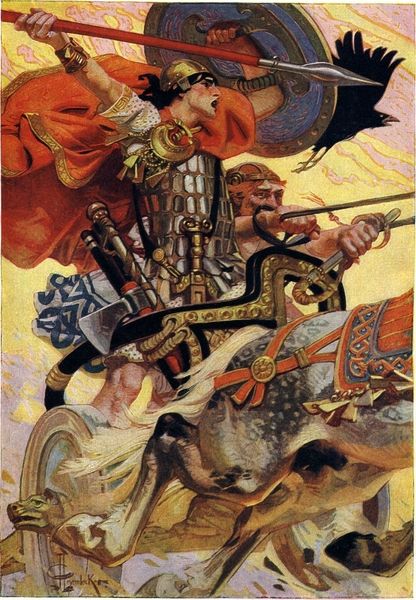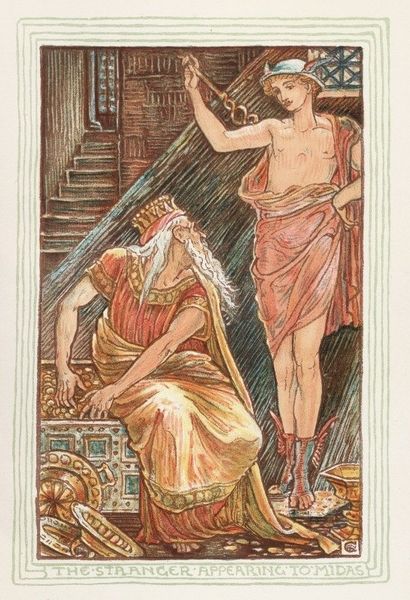
painting, oil-paint
#
portrait
#
narrative-art
#
painting
#
prophet
#
oil-paint
#
figuration
#
oil painting
#
history-painting
#
pre-raphaelites
#
portrait art
#
realism
Copyright: Public domain
Ford Madox Brown painted this biblical scene of "Elijah restoring the Widow's Son" and the moment is filled with symbolic weight. Note the shadow of a dove above the boy, signifying the presence of the divine, or the soul leaving the body. Birds, particularly doves, have long been associated with the soul's journey, appearing in ancient Greek and Roman funerary art, often depicted as a bird escaping from a jar, representing the departure of the spirit. Here, the shadow suggests a transition, life returning. The widow’s clasped hands are a universal gesture of supplication, seen across cultures. This primal expression transcends time, evoking empathy. Consider the power of these recurring motifs—the soul's journey, the plea for help—how they engage us on a deep, subconscious level, reminding us of our shared human experiences, fears, and hopes. The symbols in this artwork are not linear; they circle back through history, gaining new layers of meaning.
Comments
No comments
Be the first to comment and join the conversation on the ultimate creative platform.
